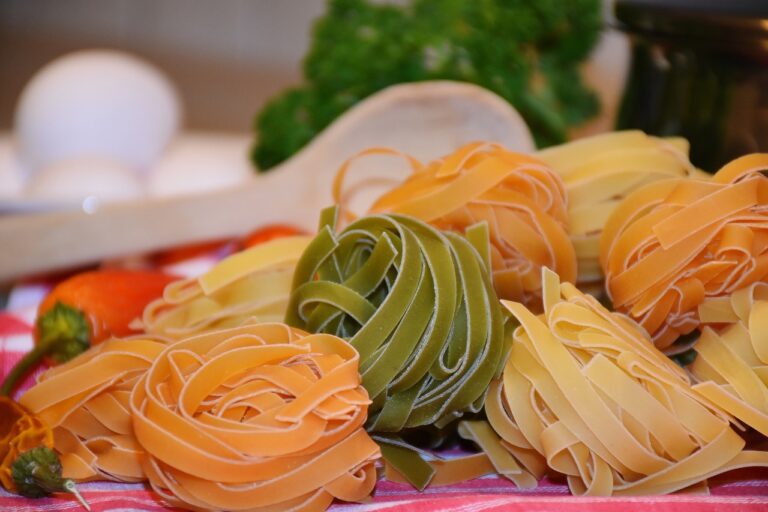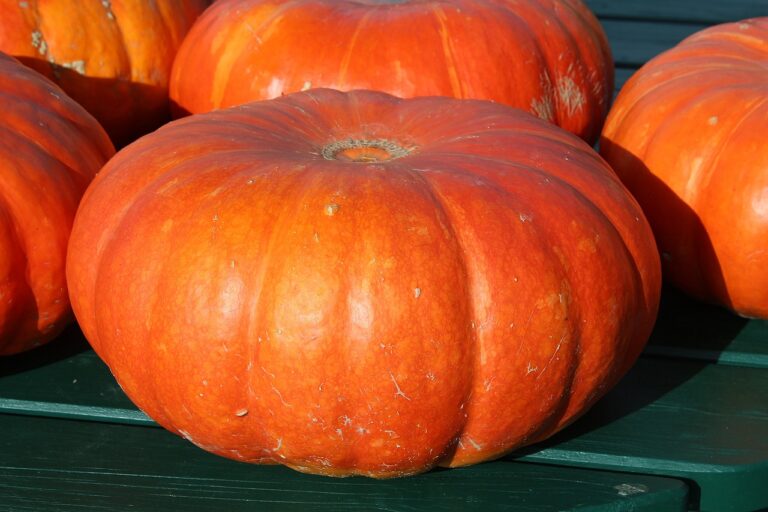Enhancing Food Security Through Crop Diversity and Genetic Resources Conservation
Crop diversity plays a crucial role in ensuring food security around the world. Having a variety of crops available helps to safeguard against potential risks such as pests, diseases, and extreme weather events. Different crops have varying levels of resilience and adaptability, making a diverse selection essential for maintaining stable food production.
Furthermore, crop diversity also contributes to a balanced and nutritious diet, as different crops offer various essential nutrients. By cultivating a wide range of crops, communities can address specific dietary needs and reduce the risk of malnutrition. This is especially important in regions where certain staple crops may be more vulnerable to environmental or economic challenges.
The Role of Genetic Resources Conservation in Sustainable Agriculture
Genetic resources conservation plays a crucial role in ensuring the sustainability of agriculture worldwide. By preserving a wide range of plant varieties, breeds, and wild relatives, we maintain the genetic diversity needed for crops to adapt to changing environmental conditions, pests, and diseases. This genetic reservoir provides researchers, breeders, and farmers with the raw materials necessary to develop new resilient crop varieties that can withstand various challenges and threats to food production.
Furthermore, genetic resources conservation fosters resilience in agricultural systems by safeguarding unique traits and characteristics that can be used to enhance productivity and nutritional quality. Through the meticulous preservation of diverse genetic material, we not only protect the biodiversity of our food supply but also promote the cultivation of crops that are well-suited to different regions and climates. By valuing and conserving genetic resources, we lay the foundation for building sustainable agricultural practices that can support food security and nutrition for present and future generations.
Challenges Faced in Maintaining Crop Diversity
Crop diversity faces numerous challenges in today’s agricultural landscape. One major obstacle is the dwindling number of traditional crop varieties being cultivated and the increasing reliance on a limited number of high-yielding commercial crops. This homogenization of crops puts the global food supply at risk by making it more vulnerable to pests, diseases, and changes in environmental conditions.
Another challenge is the loss of indigenous knowledge and farming practices that have sustained crop diversity for generations. As agricultural systems modernize and shift towards monoculture farming, the valuable expertise of small-scale farmers in preserving and propagating diverse crop varieties is often disregarded. This disconnect between traditional knowledge and modern agricultural practices hinders efforts to maintain crop diversity and adapt to new challenges facing the food production industry.
– Limited number of traditional crop varieties being cultivated
– Increasing reliance on high-yielding commercial crops
– Vulnerability to pests, diseases, and environmental changes due to homogenization of crops
– Loss of indigenous knowledge and farming practices
– Disregard for expertise of small-scale farmers in preserving diverse crop varieties
– Disconnect between traditional knowledge and modern agricultural practices
Why is crop diversity important for ensuring food security?
Crop diversity is important because it allows for a wider variety of food options, ensuring that there are alternatives available when certain crops fail due to pests, diseases, or changing environmental conditions.
What is the role of genetic resources conservation in sustainable agriculture?
Genetic resources conservation plays a key role in sustainable agriculture by preserving the genetic diversity of crops, which can help in breeding new varieties that are more resilient to climate change, pests, and diseases.
What are some challenges faced in maintaining crop diversity?
Some challenges include the loss of traditional crop varieties due to modern agricultural practices, the lack of funding for genetic resources conservation programs, and the threat of climate change impacting crop diversity.







